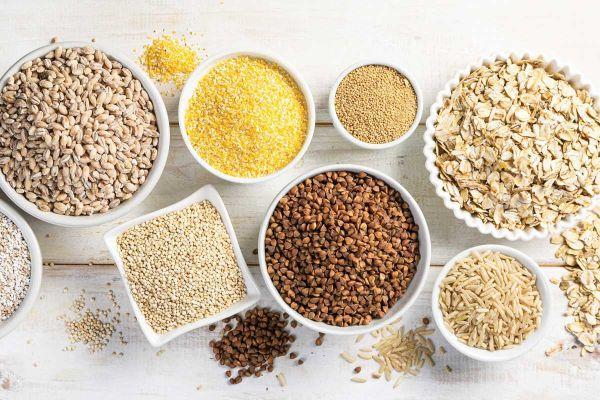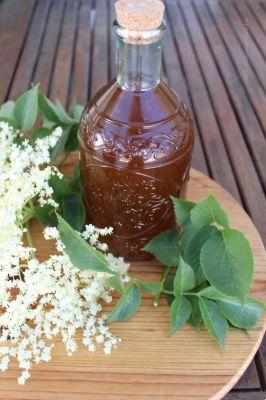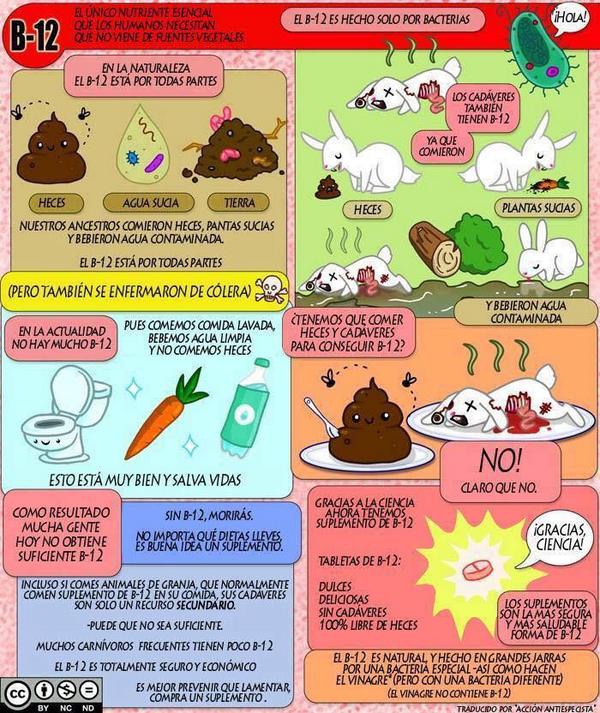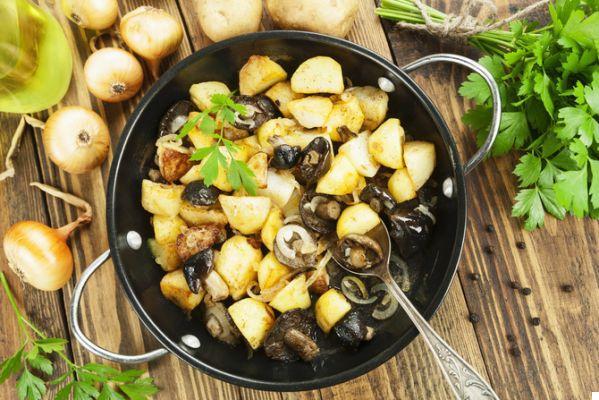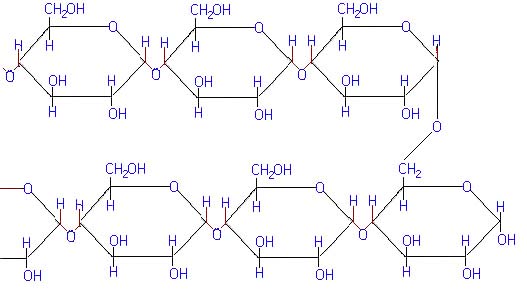In 2021 the villagers bought nearly 850 thousand tons of frozen products, equal to approximately 13,9 kg per capita, and consumption increased by more than 2% compared to the previous year. There the first part of 2021 confirmed this trend: this is the photograph taken by Iias, the Institute of the country's frozen foods. In short, although the country of the country is still far from the record figures reached in other European countries (each German citizen eats an average of 46,3 kg per year), frozen foods are great here too.
What is the consumer profile? A Censis-Coldiretti survey reveals that it is the women who buy them regularly the same people who favor PDO and PGI products and the regular buyers of fruit and vegetables from organic farming, therefore people attentive to the quality of food.
The reasons for their success
"Frozen foods are rewarded by consumers for several reasons: availability in all months of the year, variety of the offer, transparency of information on the label, practicality, excellent raw materials. Not only that: buying them means break down waste due to their long average duration, approximately 15-18 months, "he explains Vittorio Gagliardi, process engineer of frozen products, president of the Iias.
A recent research carried out in the context of Reduce project promoted by the Ministry of the Environment, launched to photograph the phenomenon of food waste, confirms it: frozen foods represent only 2,5% of the food we waste at home, against 63% of fresh food and 30% of short-term packaged ones.
Best-selling products
Compared to last year, in 2021 in addition to + 5% of fish products, the sales figures reveal positive percentages for pizzas (+ 2,1%), cooked dishes (+ 1,9%), natural vegetables (+ 1,8%) and potatoes (+ 1%).
«Continue, instead, the braking of meat products, especially red (-2,3%), due to the new emerging food styles that push consumers towards one diet richer in vegetables»Says the expert.
How they are prepared
What distinguishes a frozen product from the frozen ones that we can also prepare at home? "There deep freezing is an industrial process characterized by the so-called fast-freezing, i.e. rapid freezing, and is regulated by a Legislative Decree of 1992. Each part of the product must reach a temperature equal to or below -18 ° C in the technically shortest possible time, a temperature that must not be exceeded until consumption. Like this water and cell fluids solidify in tiny ice crystals that do not damage the biological structure of the food and nutrients, and the flavor remains unchanged. All foods can become "frozen"; ice creams are not considered as such because they can be kept even at temperatures above -18 ° C », explains Gagliardi.
Il compliance with procedures guarantees hygienic safety: «I microorganisms responsible for food spoilage and pathogenic ones, capable of causing toxic infections in humans, they are not able to reproduce below -10 ° C, although they are not necessarily killed by the cold. Furthermore, in the case of foods such as vegetables, the enzymatic activity is interrupted before freezing by blanching (blanching in water or steam). Additives of preservative additives are not allowed, with the exception of crustaceans and the raw materials with which some transformed specialties are prepared such as squid rings: the only preservative is coldContinues the expert.
The comparison with fresh foods
As we have said, therefore, freezing guarantees the maintenance of the nutritional properties of food: "As far as vegetables are concerned, in the phases preceding freezing, that is washing, husking and blanching, a loss of water-soluble vitamins, such as C., which can reach 10%; however, blanching in water or steam makes the food more stable once frozen, so much so that the nutrient content is even higher on average compared to that of fresh products stored for more than 24 hours ", reassures the doctor Sara Gilardi, nutrition biologist in Turin, Livorno and Volterra. "As for fish, if you live in places far from the sea, it is often fresher than the "fresh" that arrives on the stalls of fishmongers several days after capture. Finally, freezing it does not cause damage to proteins on the contrary, it makes them more digestible ”, concludes the nutritionist.
The cold chain
To preserve the quality and safety of frozen foods the cold chain must not be interrupted before consumption: only minimal temperature fluctuations are allowed (no more than 3 ° C).
«When in the package there are very frosty areas or foods, such as sliced carrots, appear welded in blocks it is better to avoid buying, it means that the chain has broken down. The consumer must then take these other precautions: buy frozen foods at the end of the shopping, use ad hoc bags for transport, put them in the home freezer as quickly as possible and defrost them following the advice indicated on the package. Lot of they must not be defrosted before cooking, others should be left in the fridge for about 12 hours », says Vittorio Gagliardi.
The packages
Frozen foods must be sold in unopened packages by the manufacturer and prepared with suitable material to protect the product from microbial contamination and dehydration.
“Packaging is so important that the law considers products sold in bulk to be "frozen", even if technically "frozen", because they do not have the requirement of a sealed package at the origin », says engineer Vittorio Gagliardi. “This, by the way, provides essential information for the consumer, that is: the sales denomination, which must be completed by the word "frozen"; L'fishing area in the case of fish products; the manufacturer; the moment of the first freezing; a statement that invites not to refreeze the food once defrosted; there date of minimum durability generally expressed in month and year; the indications on conservation and consumption and the nutritional values. The materials used for the packaging must be impermeable to water, steam, grease and acids. The most common packages are the plastic bag and the plastic or aluminum tray with a plastic film wrapping and a cardboard box ».
Because you don't have to refreeze them
There are two reasons. The first is hygienic in nature: with defrosting the bacteria naturally present in food are reactivated and multiplied before freezing. Therefore, to avoid the risk of intoxication, they must be prepared and eaten in a short time. If, on the other hand, they are cooked before refreezing, there are no dangers because cooking eliminates germs. The second has to do with the nutritional composition: in the home freezer the cellular liquids thawed and then refrozen they turn into large ice crystals, as cooling occurs slowly. These "break" the structure of the food, which undergoes a loss of proteins, vitamins and minerals»Explains Dr. Sara Gilardi.
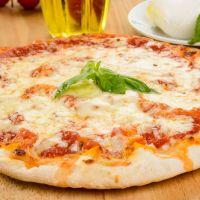
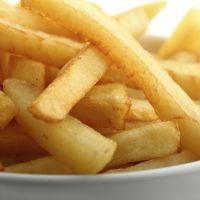
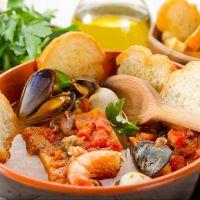
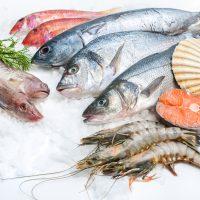
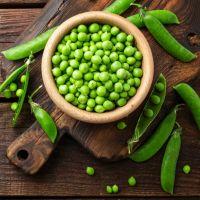

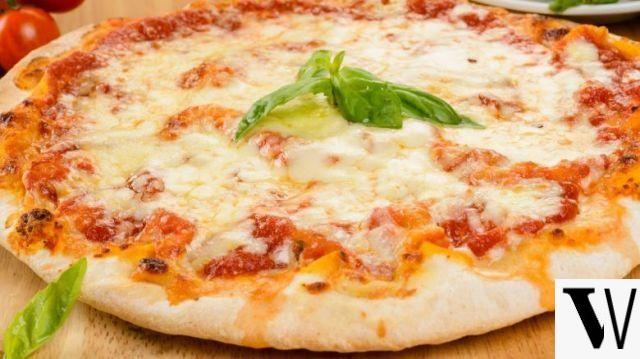
Pizza and breaded or battered foods
Over the years this product segment has done leaps and bounds in innovation and quality: today the offer is very varied, often it has nothing to envy to artisanal products and also includes lines suitable for celiacs and lactose intolerant.
First of all we proceed to selection of raw materials, for example flours, sauce or, in the case of sticks, fish. The next step is the elaboration of the recipe. Therefore we immediately move on to freezing, in order to guarantee an identical food when fresh, with the same organoleptic qualities and equally captivating flavors.
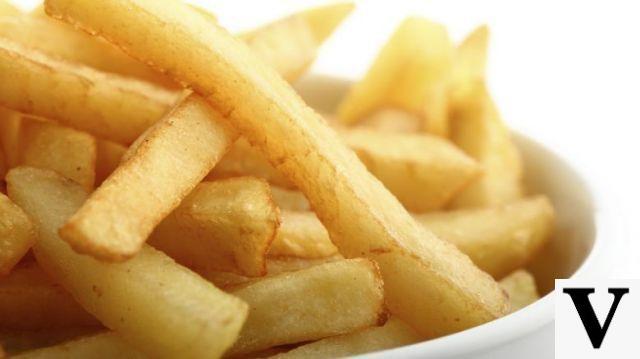
Potatoes
Companies have developed ever lighter products, to fry or bake, which they guarantee high results in terms of taste and crunchiness. Freezing takes place after washing, peeling, cutting and a short cooking.
In the case of pre-fried potatoes, particular attention is paid to the choice of oils, for which sunflower and peanut ones are generally preferred.
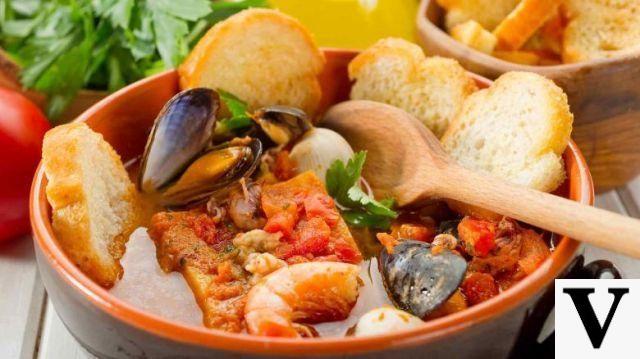
Ready meals
First courses like the pasta already seasoned, seconds, for example chicken nuggets or caciucco, side dishes enriched with cheese and ham into small pieces: they are used for their preparation raw materials processed with state-of-the-art procedures, such as the "stir fry" technology.
It consists in the production of small frozen portions of the individual ingredients, to be subsequently combined with each other to give life to the different recipes, and uses the Iqf (Individually Quick Frozen) system, a technique that provides cooling by means of air flows at - 40 ° C.
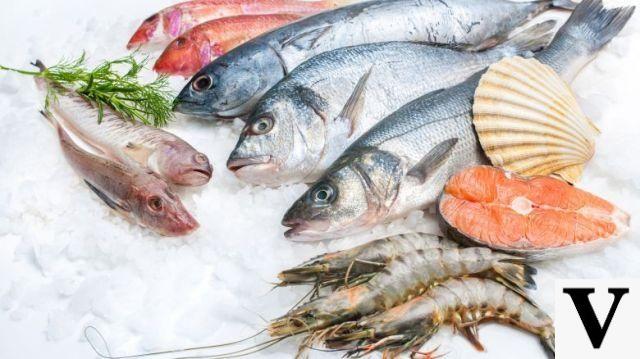
Fish and shellfish
The fish comes caught offshore and worked on board, i.e. cleaned, eviscerated, possibly skinned and filleted and, finally, frozen directly on boats, without additives. Alternatively, it is transported at 0 ° C to the ground where it is processed and immediately frozen.
Then there are crustaceans and processed fish (squid rings, shrimp tails, mixed risotto preparations ...), that they need antioxidants and stabilizers to keep the appearance fresh and prevent dark spots from appearing: you can recognize them on the label by the initials E450, E451 and E452 (phosphates and polyphosphates). There may also be sodium ascorbate (E301), citric acid (E330) and citrates (E331). In some cases you will find preservatives such as sodium bisulfite (E222) and sodium metabisulphite (E223): their presence is well highlighted because they can cause allergic reactions.
Environmental sustainability chapter: the companies that respect it have the Msc (Marine Stewardship Council) certification with logo on the packaging.
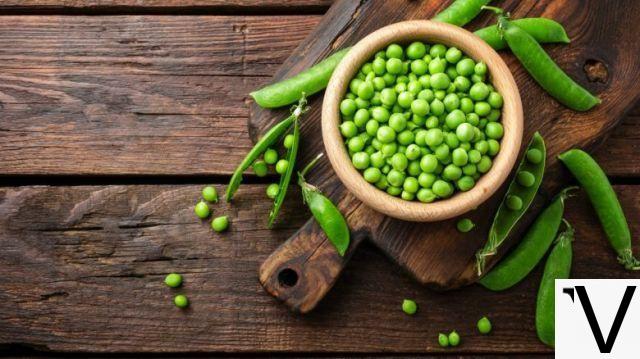
Vegetables and legumes
There are singles, such as spinach or borlotti beans, mixes and minestrone. All vegetables are harvested at the moment of maximum ripeness: the quality is thus "blocked" by the great cold. Peas, for example, are frozen within 2 hours of collection and spinach no later than 8.
Upon arrival at the company they are performed checks to assess the absence of rot and infestations, the degree of ripeness and tenderness, then we move on to sorting and grading (to create batches of uniform size). Before freezing the vegetables come quickly "scalded" in boiling water or steam to inactivate the degradative enzymes present.





